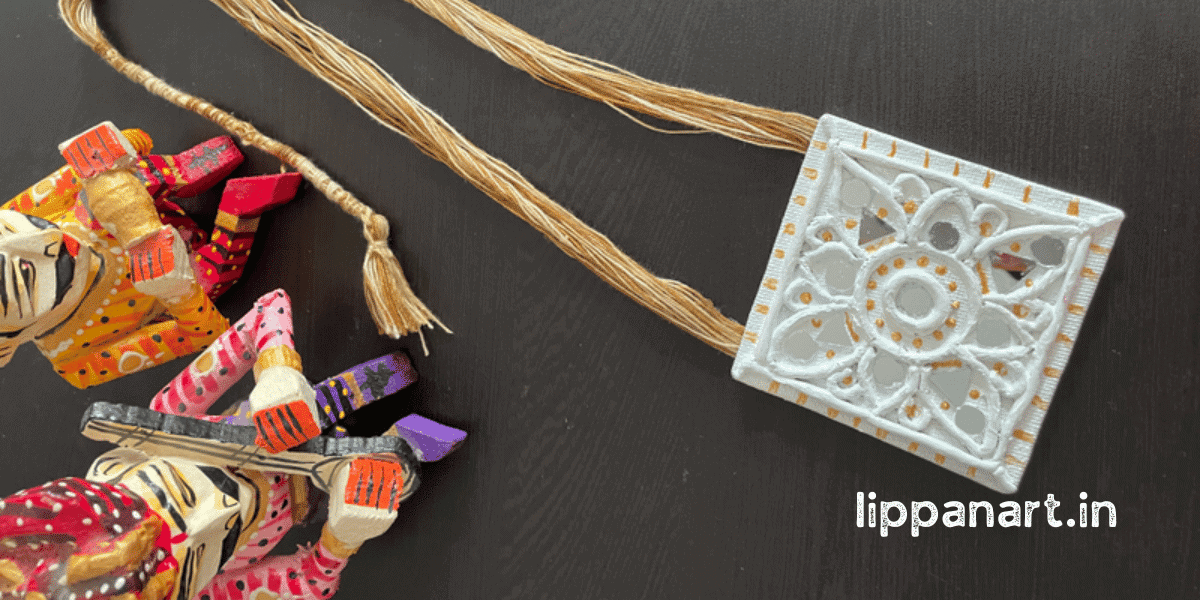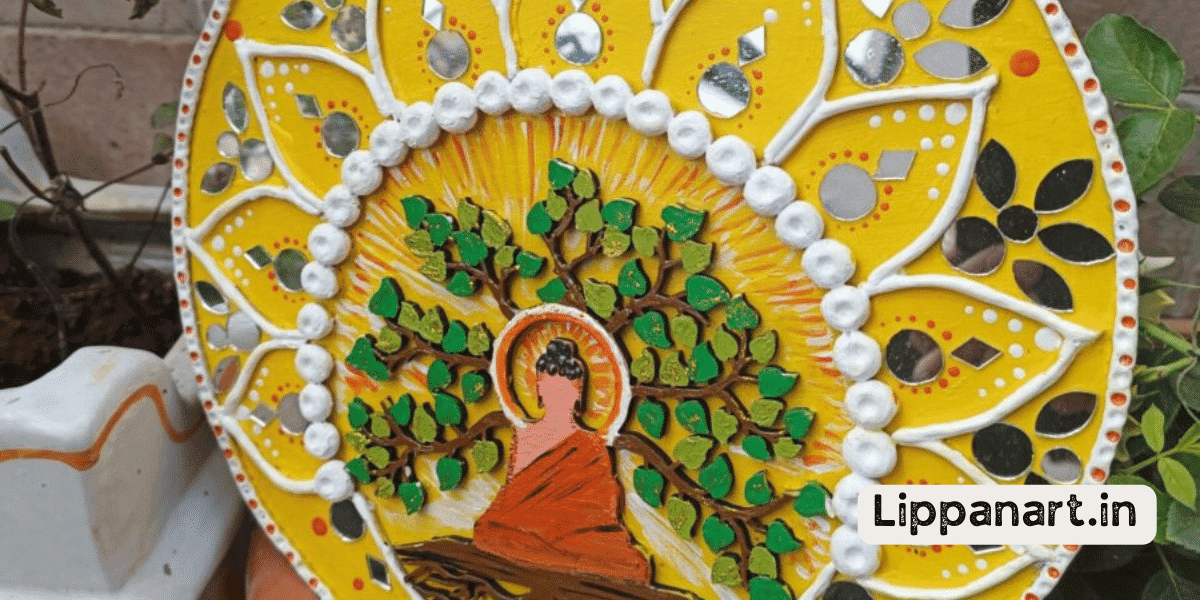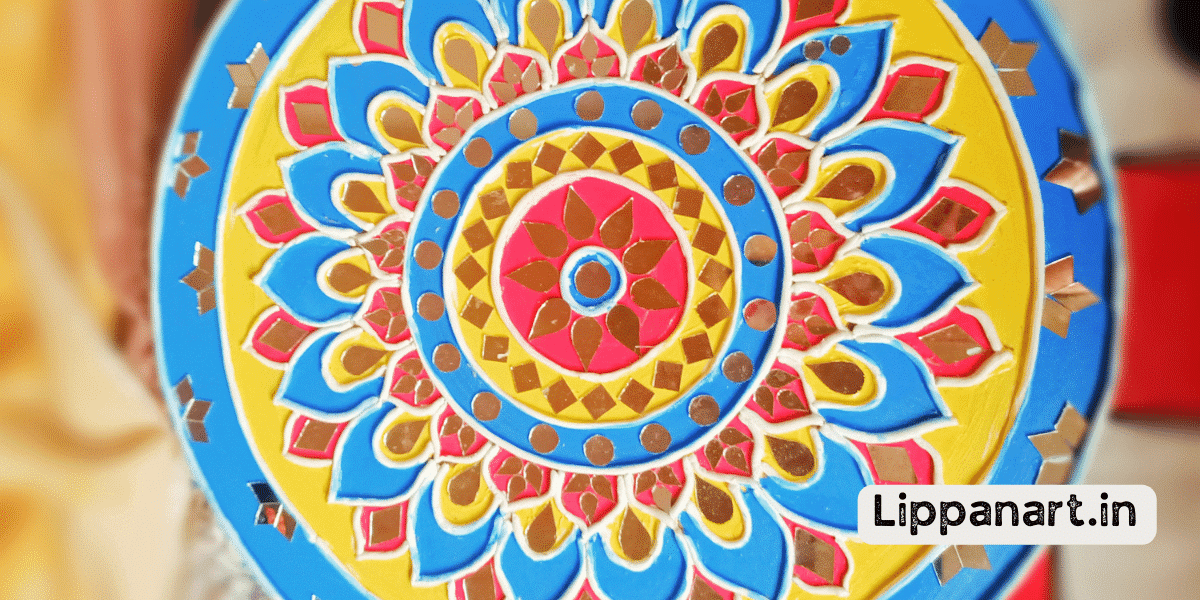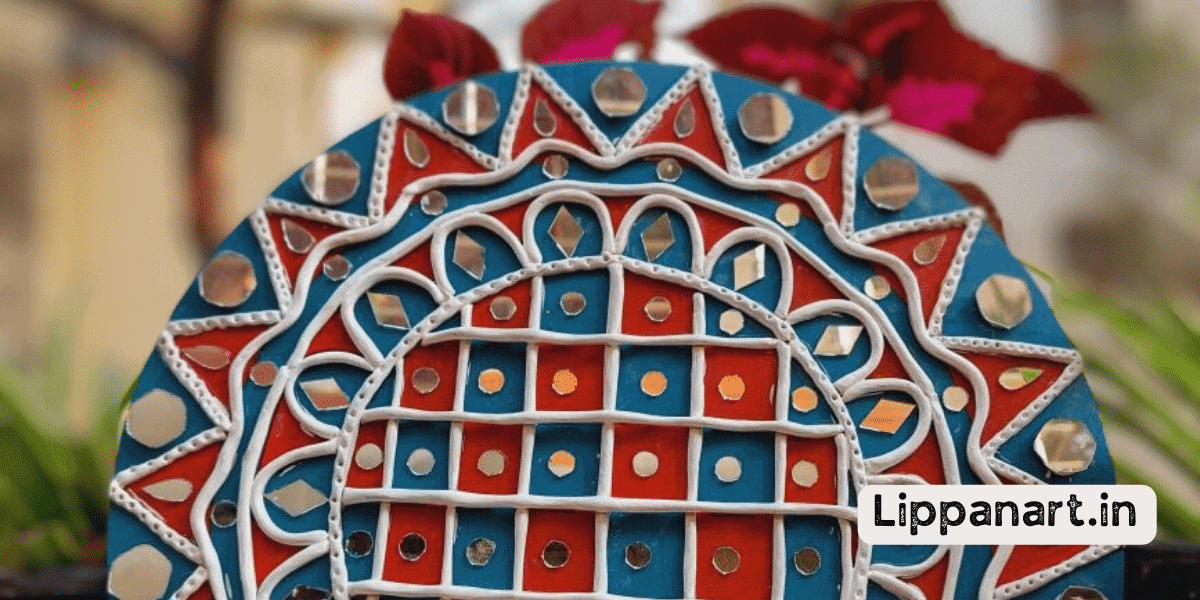Are you looking to make a statement with a unique necklace? Lippan art necklaces are the perfect way to express your creativity and show off your style!
However, there can be some tricky issues that arise when creating a lippan necklace. We’re here to help with our lippan art necklace troubleshooting tips!
From clay consistency to colour fading, we’ll walk you through the common issues and offer solutions to help you create the perfect necklace.
Key Takeaways
- Experiment with different curing techniques and storage methods
- Monitor the humidity in the workspace to ensure the clay is not too soft or hard
- Apply a waterproofing sealant to prevent colour fading or running
- Refine edges and details with shaping tools
Clay Consistency Issues
If you need help achieving the right clay consistency for your lippan art necklaces, consider these tips.
Firstly, ensure that the moulds you use are the correct size to prevent the clay from being too thin or thick.
Secondly, store the clay properly to prevent it from drying out. Use airtight containers or bags to keep the clay moist.
Lastly, monitor the humidity in your workspace. High humidity can make the clay too soft, and low humidity can make it too hard.
By adhering to these instructions, you can attain the ideal clay consistency for crafting your lippan art necklaces. Experiment with different curing techniques and storage methods to find the best combination for your needs.
With the right clay consistency, you’ll be able to craft beautiful and unique lippan art necklaces that will have everyone admiring your work.

Cracking or Breaking During Drying
To create a successful lippan art necklace and avoid cracking or breaking during drying, it’s important to pay attention to the details. Start by creating moulds that are the right size and shape for your project. Seal the edges with glue for extra strength, and use mica to make the necklace more durable and give it a unique look. Lastly, use a waterproofing sealant on the painting techniques to ensure the colours won’t fade or run when exposed to moisture. Here is a summary of the key steps:
| Tip | Description |
|---|---|
| Create the right moulds | Use the correct size and shape |
| Seal edges | Use glue for extra strength |
| Use mica | Make the necklace more durable and give it a unique look |
| Use waterproofing sealant | Ensure colours won’t fade or run when exposed to moisture |
Design Smudging or Distortion
Design smudging or distortion is a common concern for those who are new to crafting Lippan Art necklaces. To avoid this, use kiln firing to harden the clay. Experiment with burnishing techniques to create unique textures. Use shaping tools to refine edges and details. Incorporate design elements and creative embellishing techniques for a unique look.
With practice and a few creative ideas, you can create stunning Lippan Art necklaces that will stand the test of time.
- Editor’s Choice
- Best Seller
- Amazon Choice
Decorative Elements Won’t Stick
Need help getting decorative elements to stick to your Lippan Art necklace? Don’t worry – it’s a common issue!
To ensure that the decorative elements stick, use a sealant specifically designed for works of art. Alternatively, try a combination of sealing and firing methods and adjust the techniques until you achieve the desired results.
By skillfully blending various sealing techniques, demonstrating patience, and embracing experimentation, you can fashion a one-of-a-kind and enduring necklace of exceptional beauty.
Artwork Not Drying Properly
If you’re having trouble getting your artwork to dry properly, there are a few potential causes to consider. Incorrect firing temperatures, insufficient glazing, wrong supplies, and weak adhesive can all lead to slower drying times.
To increase the chances of successful drying, here are some helpful tips:
- Use a kiln thermometer to ensure the firing temperature is accurate.
- Ensure you’re using the right supplies for the project.
- Apply a generous amount of glaze to the artwork.
- Apply a strong adhesive to ensure the artwork stays in place.
- Experiment with firing temperatures to find the best results.
- Editor’s Choice
- Best Seller
- Amazon Choice
Colour Fading or Flaking
If you notice fading or flaking of colour on your lippan art necklace, it’s crucial to consider various factors that may impact the long-lasting vibrancy of the colours.
To prevent this from happening, it’s important to pay attention to the mixing techniques used, the type of paint and sealant used, and the curing and glazing techniques applied.
Mixing the materials properly and adding a few drops of oil or alcohol can help maintain the colour’s vibrance. Additionally, using paint that won’t fade easily and applying a sealant or glaze can help prevent the colour from fading or flaking.
Be sure to use a sealant or glaze that won’t react with the paint unexpectedly.
With the right techniques and materials, your lippan art necklace can remain vibrant for years to come.
Inadequate Necklace Base Preparation
Before beginning your lippan art necklace, make sure to adequately prepare the base in order to ensure its longevity and aesthetically pleasing look. To do so, consider the following key elements:
- Shaping: Use the appropriate technique to create a sturdy base that can support the lippan art.
- Glazing: Choose the right glazing technique to achieve the desired colour and texture.
- Firing: Keep the firing temperature precise for the best results.
- Material selection: Choose materials that are compatible and long-lasting.
- Baking time: Monitor the baking time closely to ensure the lippan art is properly baked.
Chain or Cord Attachment Issues
When attaching a necklace to a chain or cord, it’s important to use the right stringing techniques, bead choice, cord thickness, knotting techniques, and glue selection for secure and lasting results.
To ensure the necklace is secure, check for signs of wear and tear periodically.
Experimenting with different stringing techniques, bead combinations, cords, knots, and glues can create unique and eye-catching designs.
Taking the time to check for any signs of wear and tear carefully can help preserve the necklace for years to come.
Conclusion
By following the troubleshooting tips listed above, you can help ensure your lippan art necklace looks great and lasts for years.
For example, if you have trouble with decorative elements not sticking, try using a small paintbrush to help them adhere.
With a little extra care and attention, your lippan art necklace will be a beautiful and lasting piece of art.

















